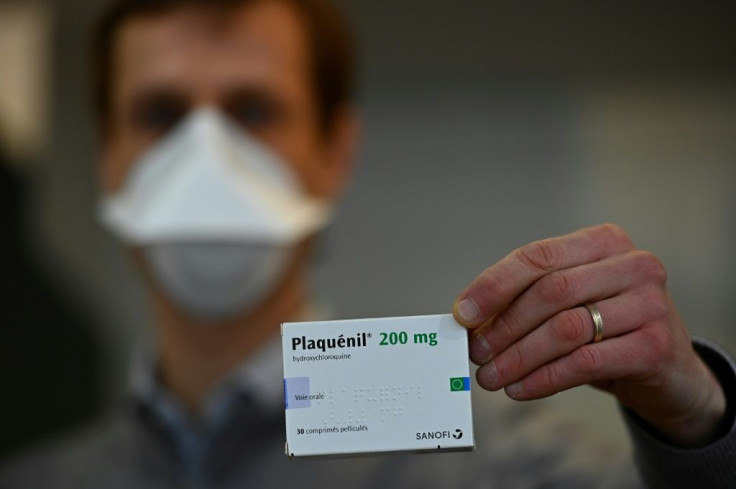COVID-19 Treatment: India Ships Tons of Hydroxychloroquine To 100-Plus Countries

The COVID-19 pandemic almost certainly began in Wuhan China under an authoritarian Communist regime that is alleged to have covered up the scope of the health crisis. Could the end of the disease, that has now infected close to 2.2 million people and killed nearly 150,000, be credited to India through an anti-malaria drug touted by U.S. President Donald Trump?
Let’s look at four factors that make the case:
The Medicine
Hindustan Times, an Indian English-language daily newspaper has been told by a government official that India is shipping about 85 million hydroxychloroquine tablets and close to 500 million paracetamol tablets to 108 countries.
Hydroxychloroquine (HCQ) is a chemical “cousin” to Chloroquine (CQ), one of the oldest and best-known anti-malarial drugs. It is a treatment for auto-immune diseases like rheumatoid arthritis and lupus. It is less toxic than CQ but prolonged usage and overdose can still cause poisoning. It has shown promise as an antiviral agent to battle the coronavirus.
India
The county of 1.39 billion people has a government that is considered a parliamentary democracy with separation of powers where the executive branch of government is held accountable to the legislative. There is still some societal hierarchy, remnants from the “caste” system, but for the most part, India is an emerging superpower joining the U.S. and China.
U.S. Secretary of State Mike Pompeo makes it clear to journalists that democracies will prevail over a single-party system that exists in China. He said, “The U.S. and other democracies of the world will come out of this in a way that is better than nations that rely on authoritarian power. It is democracies where the people actually provide solutions. America will be at the front of that.”
President Donald Trump
HCQ might have remained on the back pages of the news had the President not mentioned that it showed hope in treating COVID-19. A recent Trump tweet said, “…hydroxychloroquine and azithromycin, taken together, have a real chance to be one of the biggest game-changers in the history of medicine.” He was roundly criticized for his “touting” of the drug but, it was a marketing dream come true for the suppliers. His detractors accused Trump of threatening India to release the drug but that later turned out to be comments taken out of context. The U.S. and India soon reached an agreement on HCQ to add to the U.S. stockpiles.
Post-Pandemic
Pompeo said in a teleconference: “We need data and we need facts,” concerning China and the World Health Organization (WHO) over the lack of information about the origin of the virus and details about China’s handling of it.
He also commented on a post-pandemic world to the Times of India, saying, “We (U.S. and India) continue to talk about the bigger issues, free and open Indo-Pacific, the challenge of China and trade” a not so subtle hint that India and the U.S. are cooperating beyond COVID-19.
Pompeo continued, “We’re paying attention to supply chains. We want to mesh the supptly chains that both countries have access to in areas that are important for our national security.”
Japan has joined the efforts with India and the U.S. to reduce dependence on China, committing $2 billion to diversify from the Communist superpower.
Once the pandemic passes the world will be very curious as to how China reacts to the possible loss of commerce caused by its government’s innate secrecy.
© Copyright IBTimes 2024. All rights reserved.





















